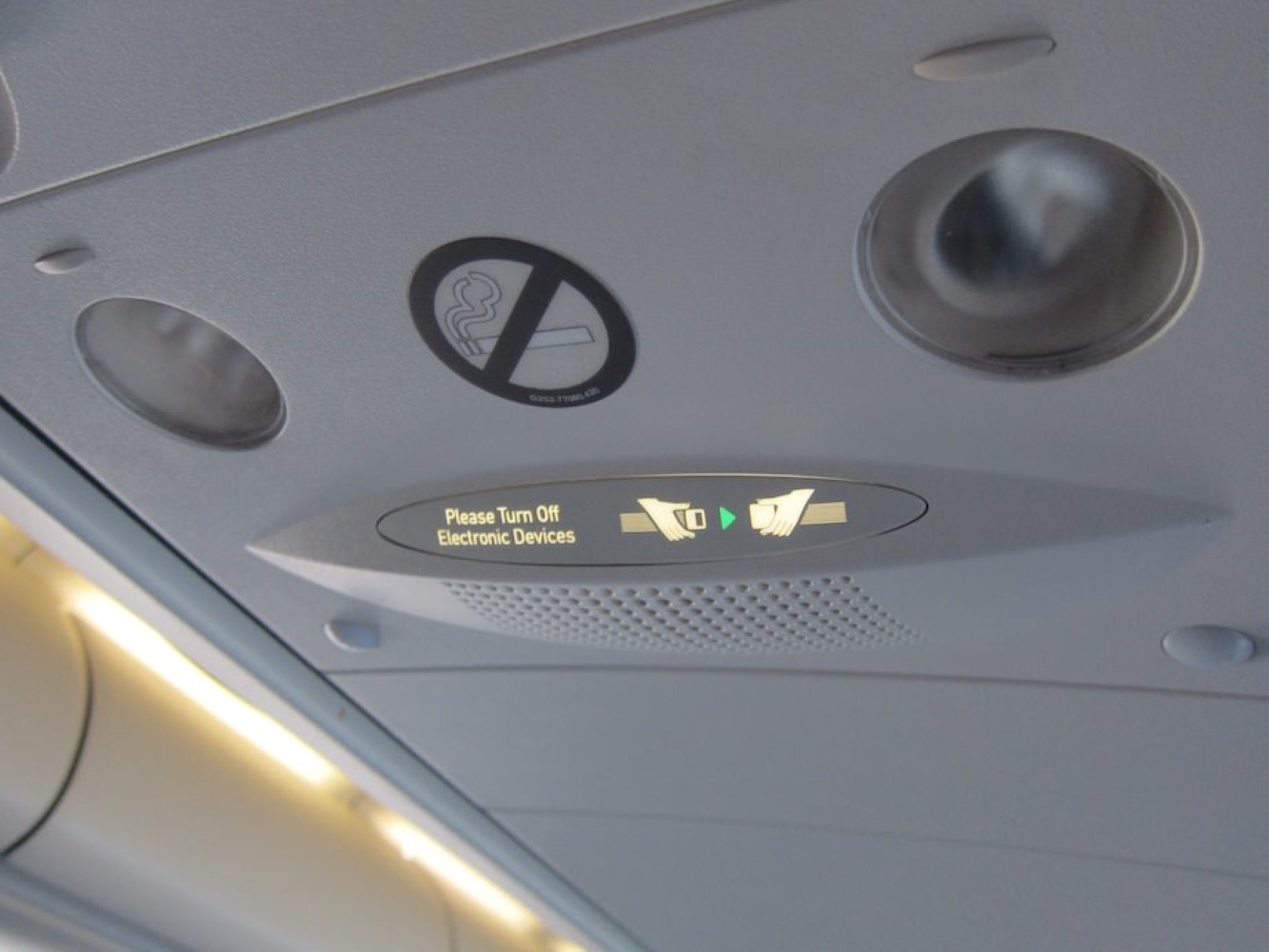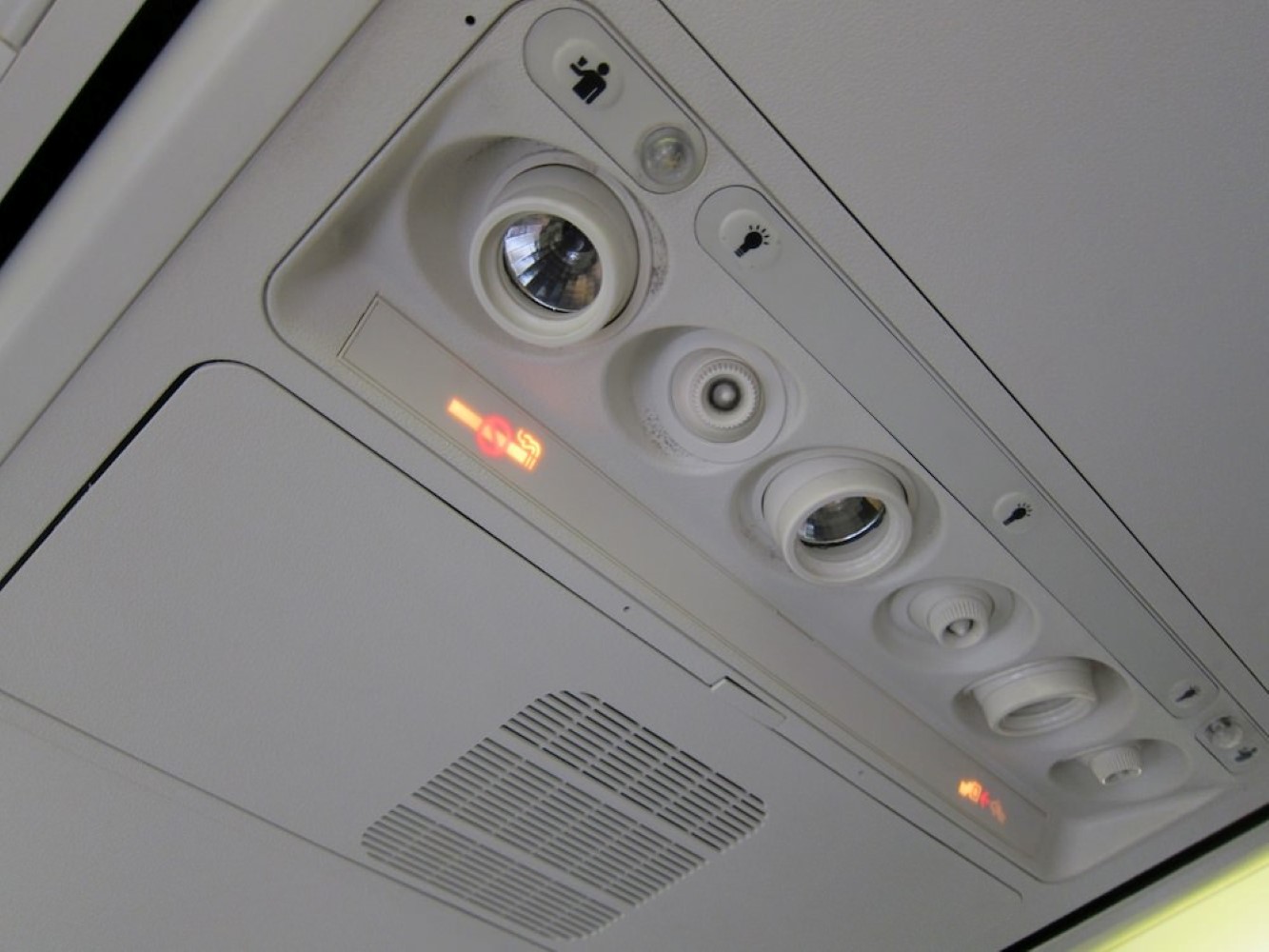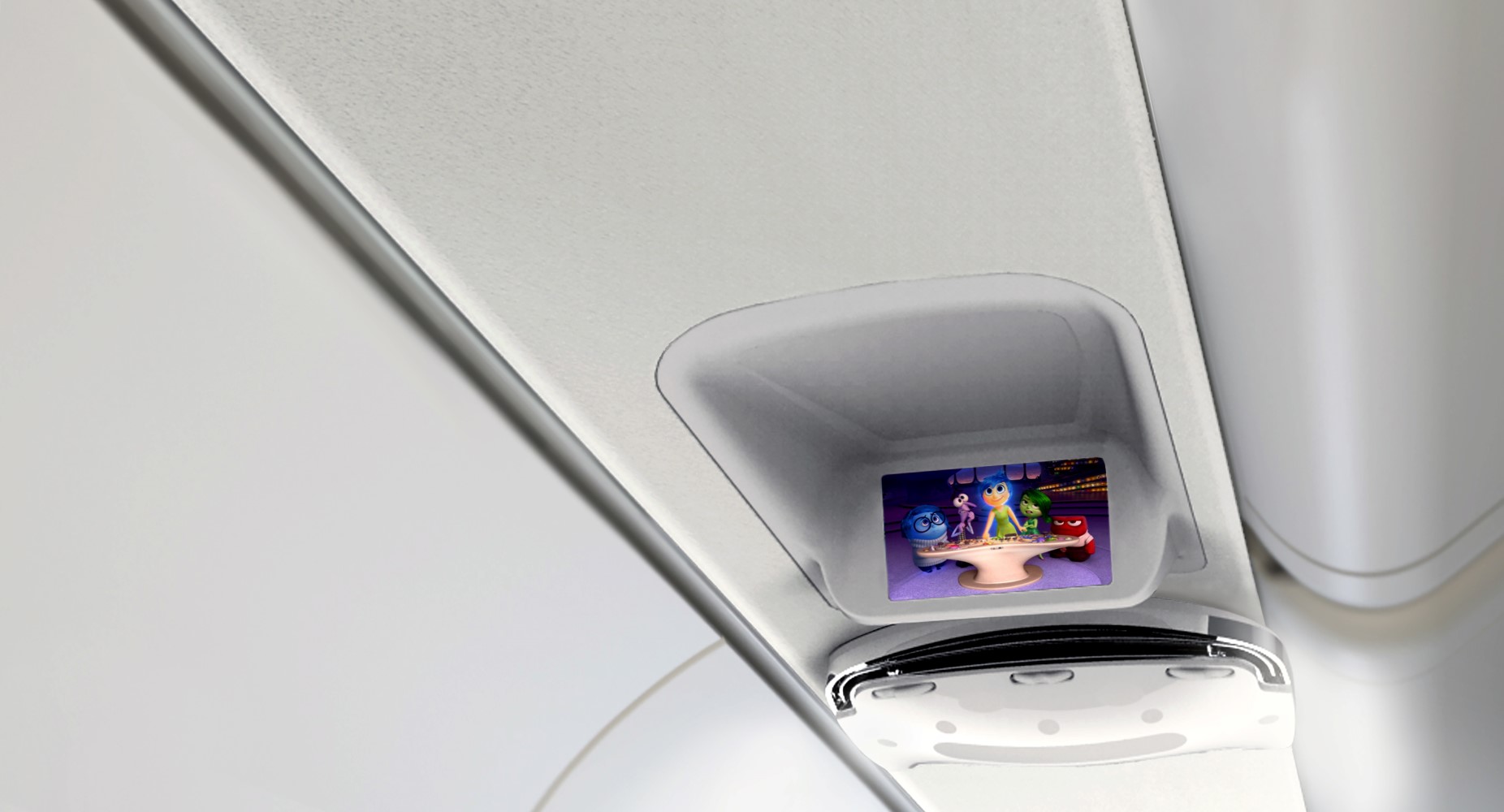 Take a moment to think about how you’re feeling right now, reading this. Are you too hot? Too cold? Is it too bright, or too dim? In most of the places we sit and read, watch movies or snooze, we can adjust those factors and more — but, increasingly, not on the plane, as overhead passenger service units lose the “service”. I continue to lament the number of airlines that have decided to remove the air vents in particular.
Take a moment to think about how you’re feeling right now, reading this. Are you too hot? Too cold? Is it too bright, or too dim? In most of the places we sit and read, watch movies or snooze, we can adjust those factors and more — but, increasingly, not on the plane, as overhead passenger service units lose the “service”. I continue to lament the number of airlines that have decided to remove the air vents in particular.
But as the lights change from No Smoking to No Electronic Devices, and small, cheap LED screens become available to give airlines more choice in what they display to passengers, what could the passenger service unit of the future look like?
For a start, the basics: the oxygen masks that (say it with me!) will drop down from above your head automatically seem set to stay, and the overhead compartment seems to be a sensible place to keep them. Everything else, though, may well be able to be simplified or combined, which is a key option for the passenger experience industry: every bit of weight reduced is both a fuel saving and/or the chance to improve #PaxEx.

The no smoking light is now a placard, but what will be the next warning label to change? Image: John Walton
Air vents, of course, are the big passenger ask. If existing vents are too heavy and bulky, can there be a smaller, lighter and perhaps more elegant option to vary the temperature? Does it make sense to speed up development of underseat fan functionality, available in consumer automobiles, to make the leather or fabric “breathe” more? Certainly, given the increasing space business class seats are taking up, it feels like there should be opportunities for more granular climate control in the pointy end of the plane.

It’s not modern in the slightest, but how many passengers would prefer this old-school feature-packed PSU to the new mouldings? Image: John Walton
Overhead lighting, too, can be something of a trial — particularly in premium cabins where the overhead bins have been built to install 2-5 seats’ worth of lights rather than just one. Japan Airlines, for example, removed the overhead lights from the B/E Aerospace Apex business class seat it launched on its Boeing 777-300ER aircraft, but the miniature over-shoulder LED light did not prove powerful enough to replace it. The solution: an entirely separate battery-operated desk task light that the crew hands out.
JAL got rid of business class overhead light on SS7 and replaced it with light stand #JAL pic.twitter.com/O97FgvpOlS
— Pak (@JALPak) November 26, 2016
In context, of course, an increasing number of passengers are travelling with their own lights: the LED flash on their smartphones. Ever since I first noticed a passenger using it to read their non-backlit Kindle (in a middle economy seat on a day flight with all the windows closed) I’ve noticed more passengers using their phones to read books or magazines.
The availability — and, with Swiss’ Bombardier CSeries, the introduction into service — of small LED overhead screens around the size of a phablet also changes the game for passenger information. Together with the phones that passengers are carrying on board, there are real options for airlines to convey crucial information to travellers or groups of travellers.
Contextual advertising is one option: overhead miniscreens in regular economy, for example, can offer upgrades to extra-legroom seats or business class to passengers as they sit down, while business class passengers can be shown relevant information about wine lists or higher-value advertising from luxury brands, depending on an airline’s priorities.
Whatever changes are made, a personal plea: can we please use the weight and complexity savings to enable the widescale return of air vents?
Related Articles:












